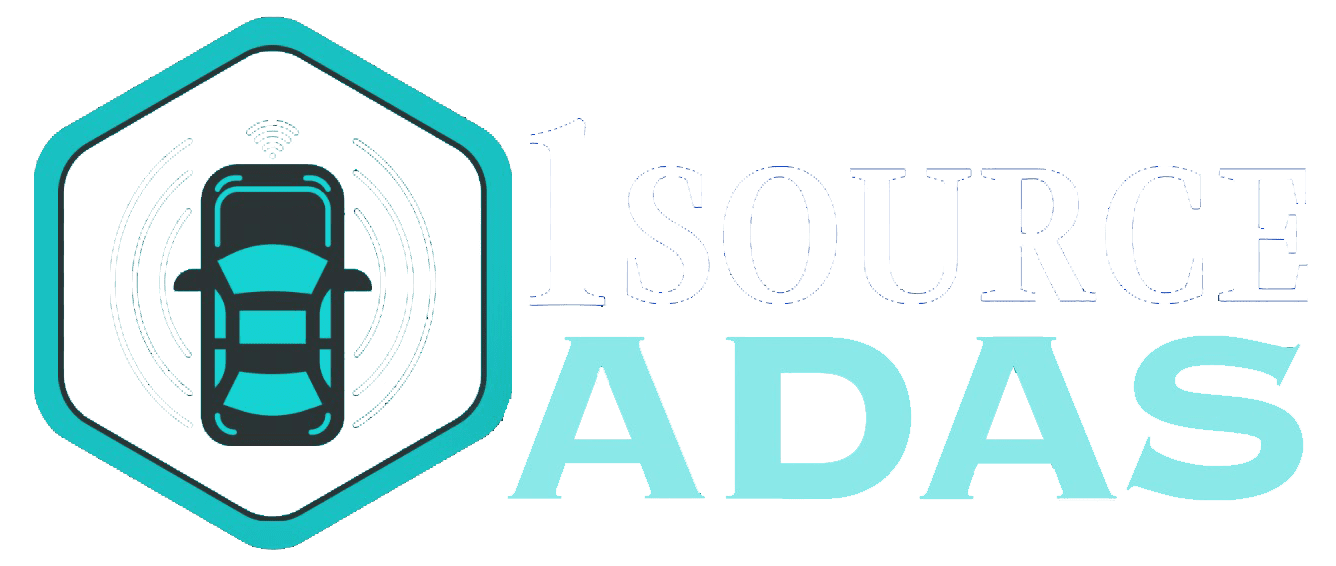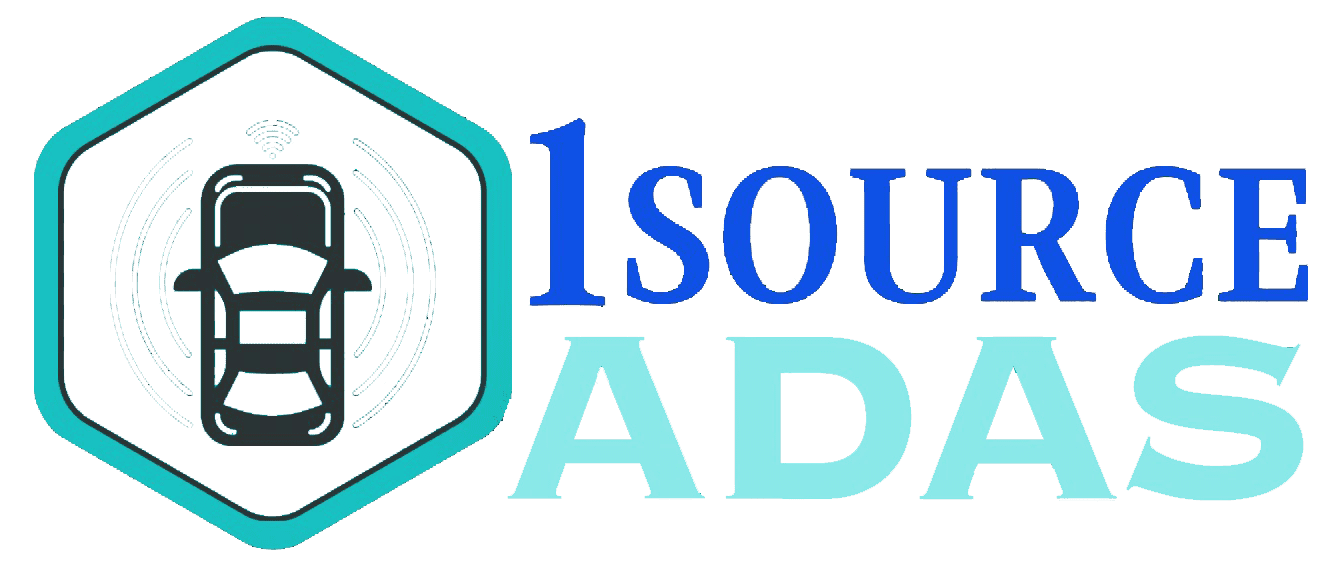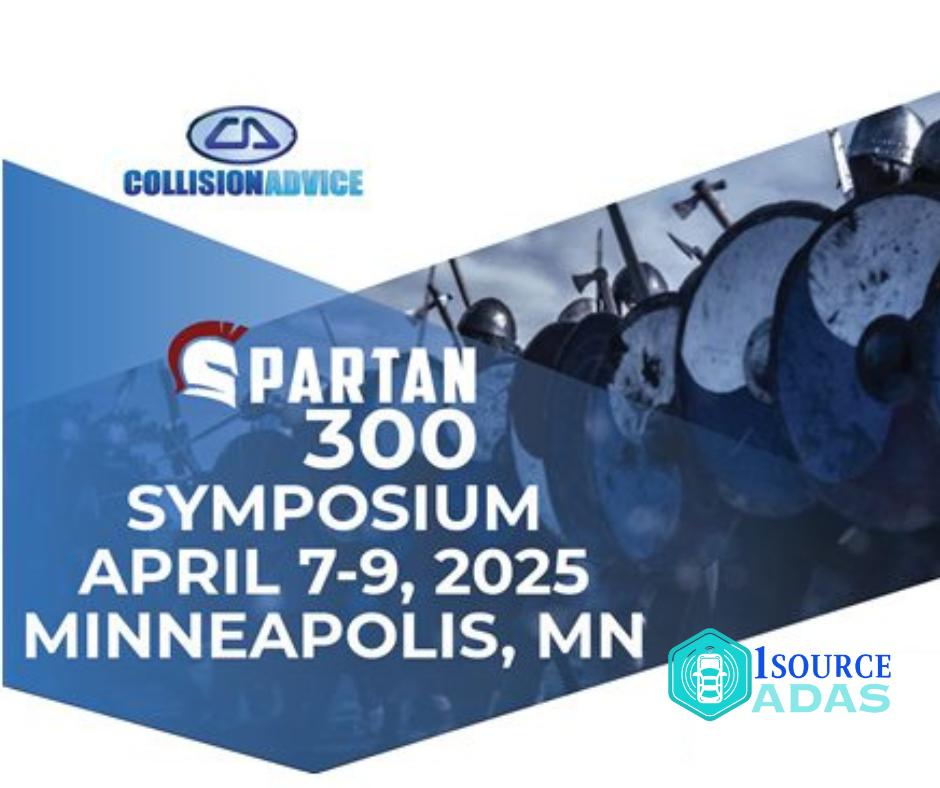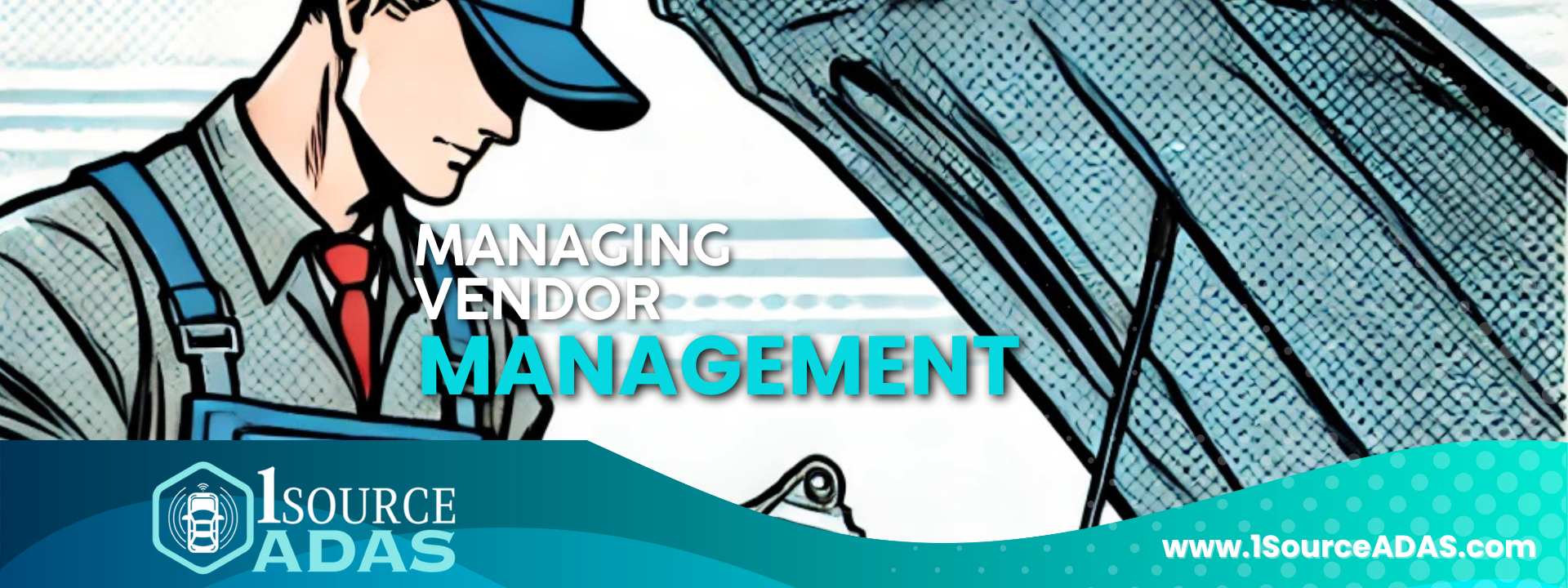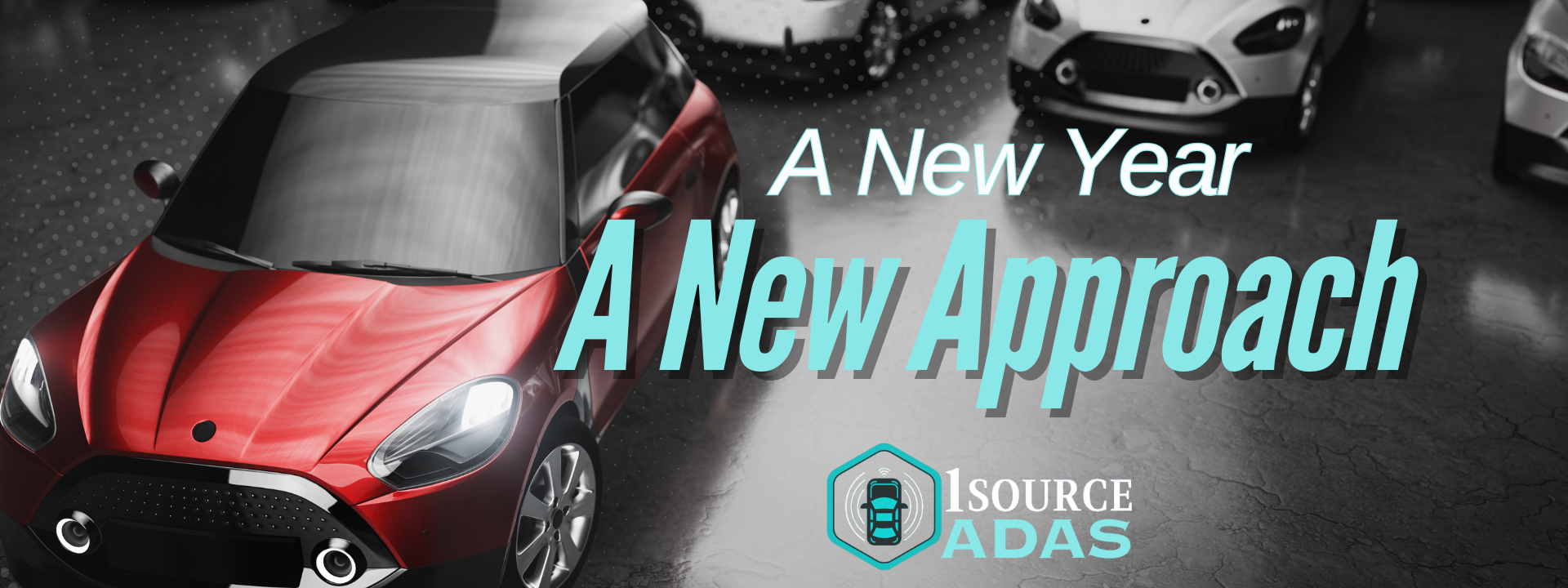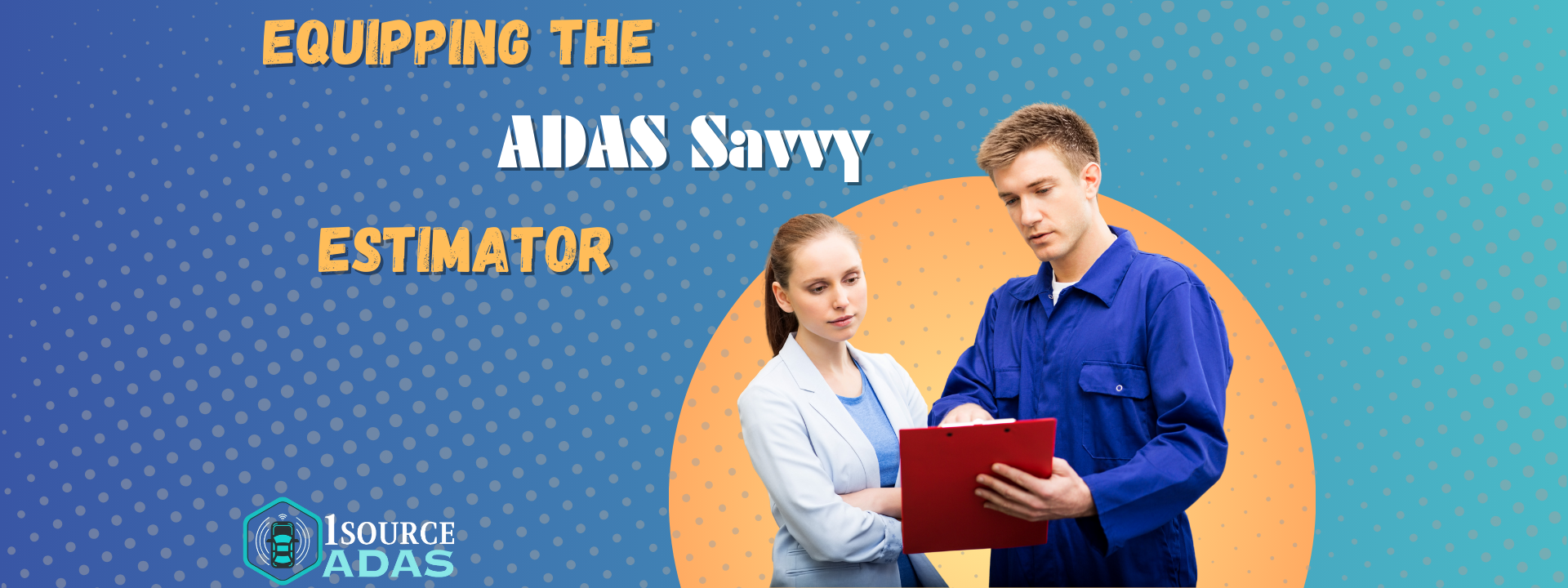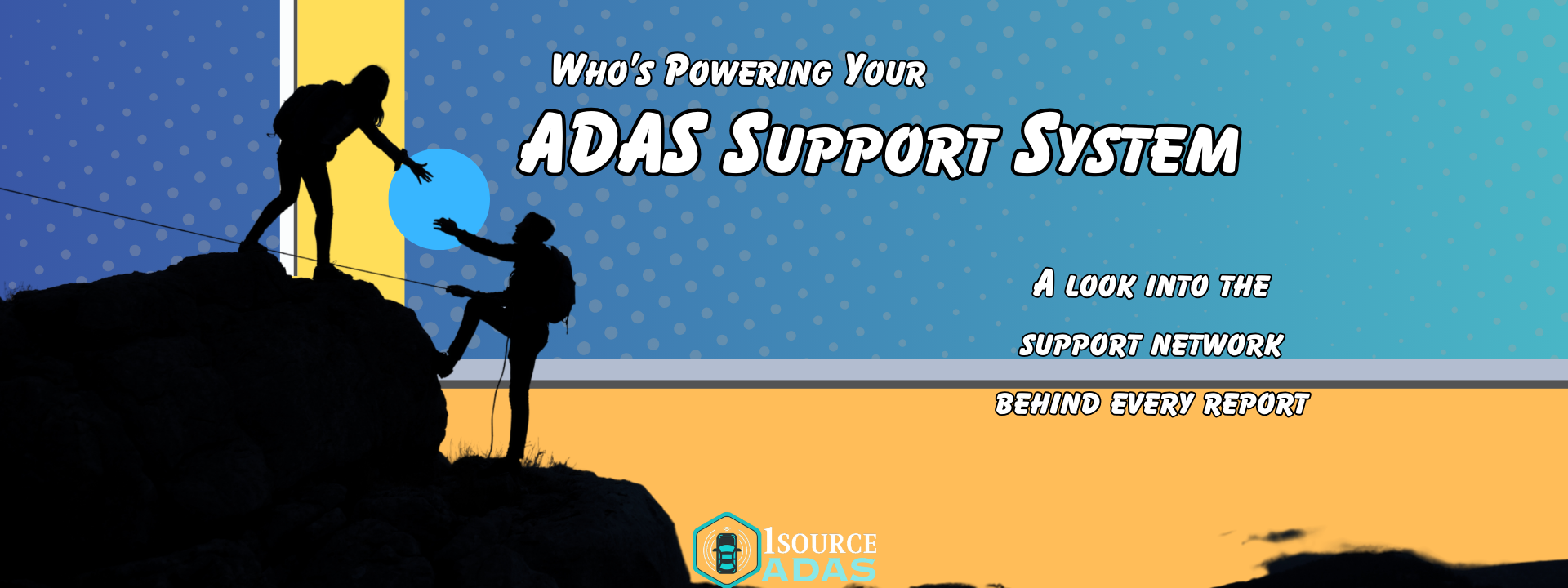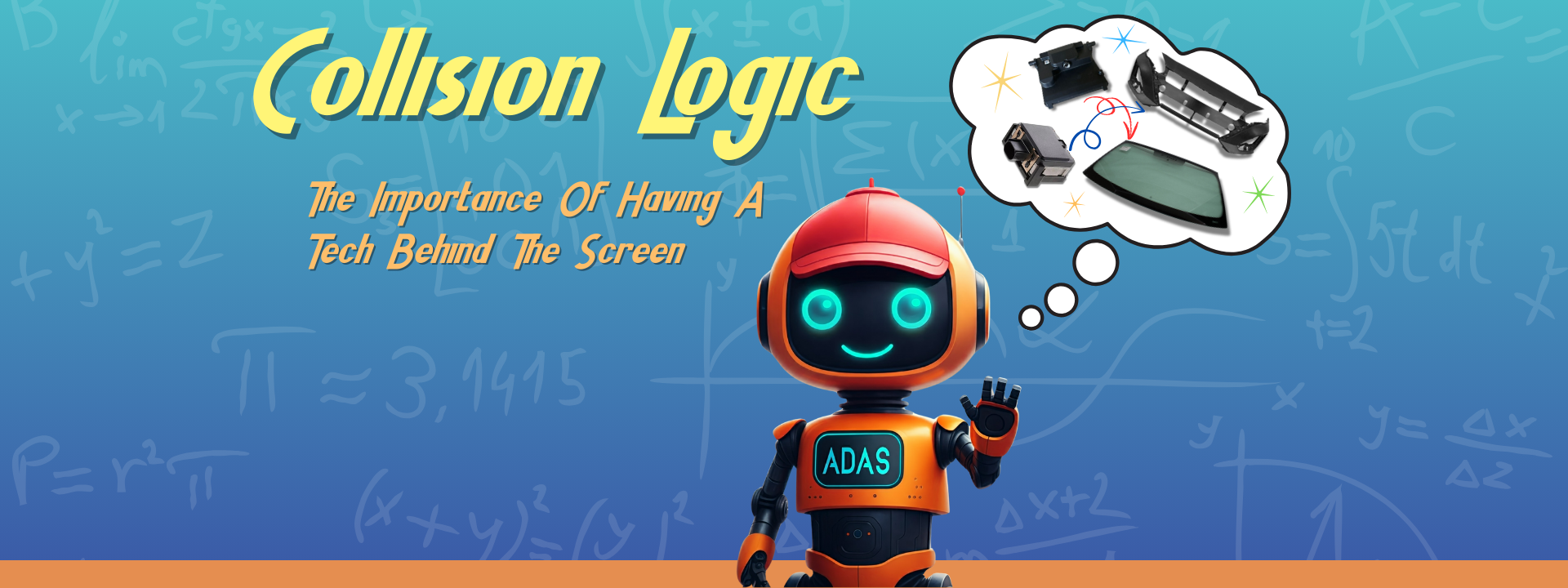Contact@1sourceADAS.com
What Is Calibration?
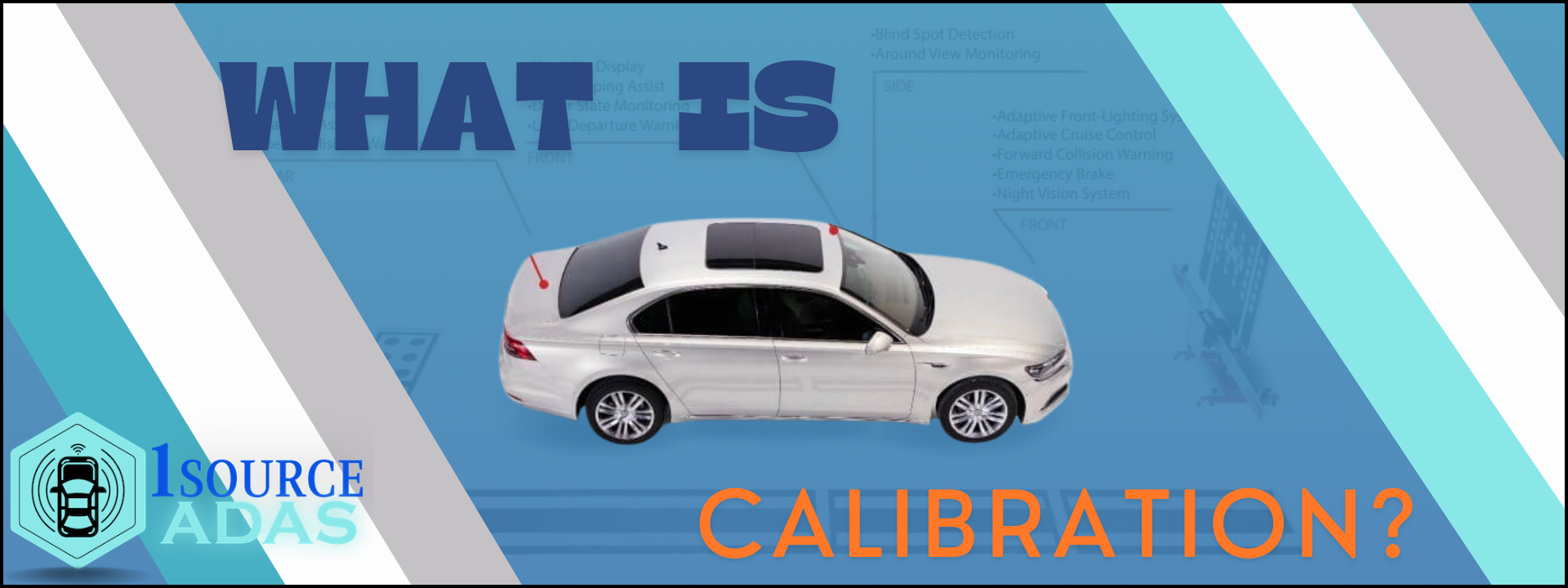
No doubt, as a shop owner, you regularly run into discussions around ADAS and calibrations. While not new, the speed of advancement in ADAS has increased exponentially in the last few years. While we may be familiar with the basics, the actual calibrations still tend to hold a mystique that makes many in the repair industry shy away from ADAS service. So, let's take a moment to examine what ADAS is, what calibration is (and isn’t), and what the more commonly encountered systems require calibration.
Advanced Driver Assistance Systems (ADAS) are becoming increasingly common in modern vehicles. But what exactly is ADAS? In simple terms, it's a suite of electronic systems that use sensors, cameras, radar, and other technologies to help drivers navigate the road more safely. Think of them as your car's extra set of eyes, ears, and hands, assisting with everything from parking to emergency braking. You can learn more about the basics of ADAS in our previous blog post, "Demystifying ADAS."
One crucial aspect of ADAS that people often find confusing is calibration. Calibration is completing an ADAS system's precise alignment, testing, programming, and aiming. It ensures that your vehicle's ADAS features function as intended, providing accurate information and responding correctly to potential hazards.
When Calibration Comes Into Play
Calibrations are for more than just sensor replacement. Even seemingly minor repairs or modifications can necessitate calibration. Adjustments to a vehicle's alignment, tire size, vehicle ride height, or windshield replacement can impact the accuracy of ADAS sensors, requiring calibration to restore optimal performance. It's essential to consult the manufacturer's guidelines and applicable repair procedures to determine if calibration is necessary after any service, modification, or repair.
So, how do calibrations work, and when are they needed? Let’s review the basics and examine some of the more common ADAS components that require calibration.
How Calibrations are Handled
Knowing when a calibration is required is critical. However, it is only the first step of the process. Once the necessary calibrations are determined, the proper service model must be employed. The three most common calibration service models are in-house calibrations, subletting the calibration to an ADAS service provider or dealership, and having a mobile calibration service complete the calibration on-site.
- In-House: Some shops invest in the equipment and training to perform calibrations in-house. In-house service offers more control and potentially higher profits but requires significant upfront investment.
- Sublet to Dealerships or Specialty Shops: This option eliminates the need for investment and specialized knowledge but may result in lower profit margins and longer turnaround times.
- Mobile Calibration Services: Mobile services offer flexibility and convenience, coming directly to your shop to perform calibrations. However, they can be more expensive per calibration.
Which option is right for you? Check out our post on ‘How You Can Start Implementing ADAS Service in Your Shop’ for a complete walk-through.
Types of Calibration
The calibration process can vary depending on the vehicle's make and model. The first consideration is the type of calibration called for. Calibrations are typically either static or dynamic.
- Static Calibrations are done in a controlled environment, typically within a shop. They require specific conditions, such as a level floor, adequate lighting, and no obstructions. Most static calibrations must also be completed out of direct sunlight and without glare or other lighting impediments.
- Dynamic Calibration involves driving the vehicle under specific conditions while a scan tool monitors and adjusts the ADAS systems. Dynamic calibrations typically require clearly marked roads and often require two technicians – one to drive and one to operate the tool.
Pre-Calibration Requirements
Before diving into the calibration process, it's crucial to understand that many ADAS systems have specific pre-calibration requirements that must be met for successful calibration. These requirements vary depending on the make, model, and calibrated system. They can range from simple steps like ensuring the fuel tank is full or checking tire pressure to more involved procedures like performing a steering angle sensor reset. For example, some Ford models require a steering angle sensor reset before specific calibrations. These pre-calibration steps are necessary to ensure accurate calibration results and maintain the vehicle's safety systems.
Common ADAS Systems Requiring Calibration
- Cameras: These provide visual data for various systems, such as surround-view, adaptive cruise control, automatic emergency braking, and lane-keeping assist. Calibrations may be needed after windshield replacement, alignment, or collision repairs.
- Radar: Front and rear radar units track objects around the vehicle for adaptive cruise control, automatic emergency braking, and other safety features. Bumper removal or structural damage can necessitate calibration.
- Steering Angle Sensor: This sensor detects the steering wheel position and is crucial for adaptive headlights and lane departure warning systems. Calibration may be required after alignment or suspension work, and the system may also need to be calibrated as a prerequisite to other calibrations.
Safety Inspections: An Essential Step
In addition to calibrations, many ADAS systems have required safety inspections after a collision or service. These inspections cover various components, including seat belts, airbags, and wiring harnesses. These checks are critical for ensuring the vehicle's safety systems are properly working, and there is no hidden damage that failed to trigger a DTC.
1Source ADAS: Simplifying the Calibration Process
Determining the required operations can be time-consuming and intimidating. Finding all the calibrations, safety inspections, and pre-calibration requirements for a safe and proper repair can often be tricky. 1Source ADAS takes the pain out of the process, saving you time, letting you provide more complete repairs, and boosting your bottom line.
Our AI-powered platform instantly identifies the necessary calibrations, pre-calibration requirements, and safety inspections for a complete repair based on your estimate. With no contracts or minimum use requirements, it’s a tool that’s there when you need it. We offer every new customer seven days free to try the system out. It's an easy and risk-free way to start offering top-notch ADAS services to your customers. With CCC integration and PDF reporting, it’s easier than ever to document your repairs.
Start capturing calibrations today! Sign up for your free trial at http://1sourceadas.com.
1 Source ADAS, based in Longview, Texas, is a leading provider of ADAS calibration software and solutions, expertly designed to support automotive professionals. Our technology ensures the highest safety and performance standards by delivering precise calibration and detailed reporting for all ADAS-equipped vehicles.
OFFICE HOURS
- Monday
- -
- Tuesday
- -
- Wednesday
- -
- Thursday
- -
- Friday
- -
- Saturday
- Closed
- Sunday
- Closed
GET INDUSTRY UPDATES
Get updates on the software, industry news, and tips!
©2023 - 2025 1 Source ADAS. All rights reserved.
